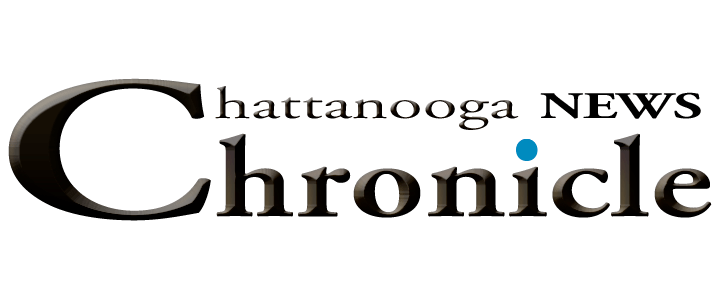“Here we are, year 2022 and we’re still dealing with race in America. Where do we go from here and how do we get there?”
That’s the question I started with from a list of 15 I’d planned to get answers to from Phyllis and Eugene Unterschuetz, authors of “Longing Stories of Racial Healing” before another author, Mona Matthews, joined us for lunch.
But little did I know that 90 minutes would transpire, and we would never get back to my list that, had we, would have taken us way beyond the restaurant’s closing.
Now about their book.
Hey, talk about Robert Frost’s poem, “The Road Not Taken,” their book chronicles a white couple’s personal account of a ten-year journey across the country in their RV, one that forced them to reconsider their comfortable notions about race as they forged new relationships with people of African descent across the nation. Their stories describe a longing to heal by them – and I suspect others – from racial tensions that has so deeply wounded this country and continue to plague us.
With scintillating prose, the authors draw the reader into the moment, walking side by side with them, sharing the same observations, nuances and sounds of cross racial dynamics. Their stories are deliberate, sometimes stumbling, efforts to learn about the delicate nature of Black/white relations. It delves into the authors’ efforts to connect with the “racial other,” look squarely at the roots of their racial conditioning and allow their eyes to be opened to racial realities of others they’d been previously unaware of.
For yours truly, the book’s table of contents is a potpourri of eye-catching chapter titles, a “where do I start” challenge for a linear person like me who is conditioned to reading chapters in sequence, from beginning to end.
Case in point, I was lured to the “Confrontations” chapter in which Phyllis shares her mix of emotions when she encountered “Emilio,” the first Mexican she’d ever met and, later, when she happened upon a group of young Mexican boys on a corner and, in the moment, her conditioned inclination to avoid them, cross the street and averted her eyes away from them. What she learned about them and, more importantly, about herself is forever etched in her memory.
Next, in a striking comparison to race in America today, Gene’s chapter, “That’s a Lid,” describes what happened when two “strange” Black men walked into a restaurant, the diners all white, his innocent complimentary comment to one of them, and an eye-opening positive outcome that surprised him.
For the authors, their discovery of and use of the “Cycle of Racial Conditioning” was a game-changer. The model begins with misinformation resulting in fear, mistrust, and separation.
From childhood, we receive messages about who we are and who others are and the superiority of one group versus others. It comes from families, friends, institutions, and the media. It is the misinformation phase.
Fed by misinformation, separation (We don’t want to be around people “like that”) is the next phase in the cycle. It’s the breeding ground for stereotypes.
The final – and most disturbing say the authors – phase is “internalized oppression” when members of targeted groups accept the stereotypes about themselves and act on them which reinforces the stereotype. That furthers the separation, bringing the cycle full circle.
Which brings this to the question – how can we break the cycle?
The answer, say our authors, is at the separation stage. We must be willing and courageous enough to take baby steps in developing relationships with others who are different. “Relationships are the cure for separation; they are the simplest, most logical and most joyful ways to break the cycle.”
Okay, in case you’re wondering, here are some of the questions from my list that we did not get around to:
- “White?” “Anglo?” “European?” How do you prefer to be called?
- Why does race in a black/white context remain such a difficult subject to talk about cross racially?
- What are some of the most common “landmines” that sometimes torpedo genuine attempts at cross racial dialogues?
- If you could both roll the clock, back say 25 years, what do you think you could have done differently in the space of race relations based on what you know now?
- Describe a time when you kept your distance or mouth shut because you feared being misunderstood or rejected by someone different.
- Describe a situation when you actively sought assurance or approval from a person of color?
- What is one mistake you hope to never make around a person of color, or you hope a person of color never makes around you?
- What do you suspect persons of color would like you white people to stop doing, continue doing, or start doing, to break down barriers to trust and authentic relations with them?
- What does “patronizing” people of color and others look like and how can one interrupt it?
We will tackle these questions and many more in the days ahead. In the end, one cannot walk away from these and other questions and this book without self-discovery and reflection.
Here we’re talking about baby steps, and pretty good ones at that.
© Terry Howard is an award-winning writer and storyteller. He is also a contributing writer with the Chattanooga News Chronicle, The American Diversity Report, The Douglas County Sentinel, Hometown Advantage News, Blackmarket.com, co-founder of the “26 Tiny Paint Brushes” writers’ guild, recipient of the 2019 Dr. Martin Luther King, Jr. Leadership Award and 3rd place winner of the 2022 Georgia Press Award.

